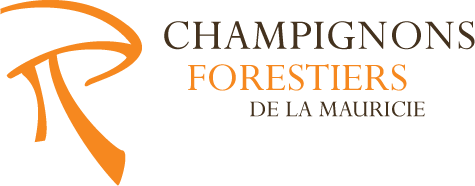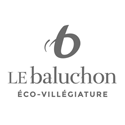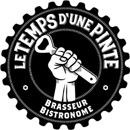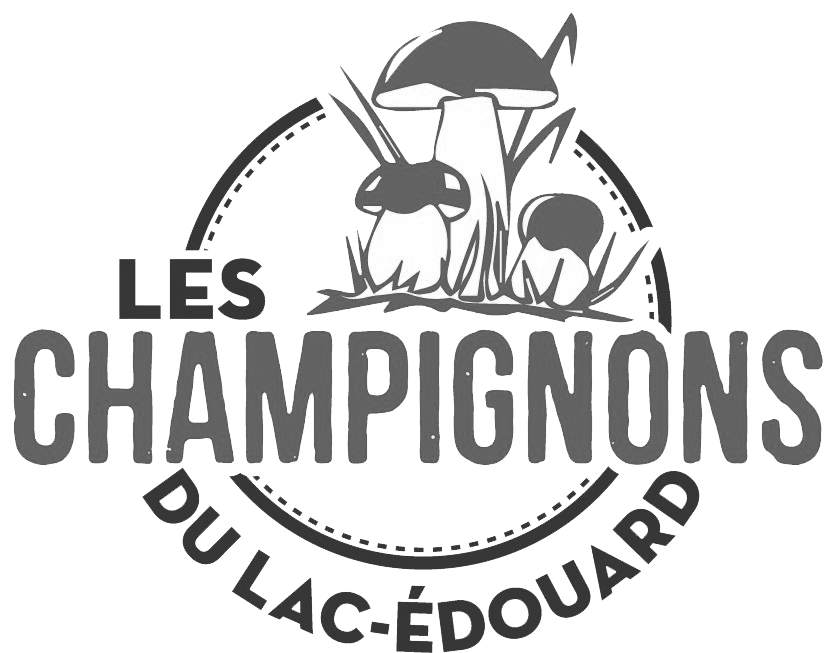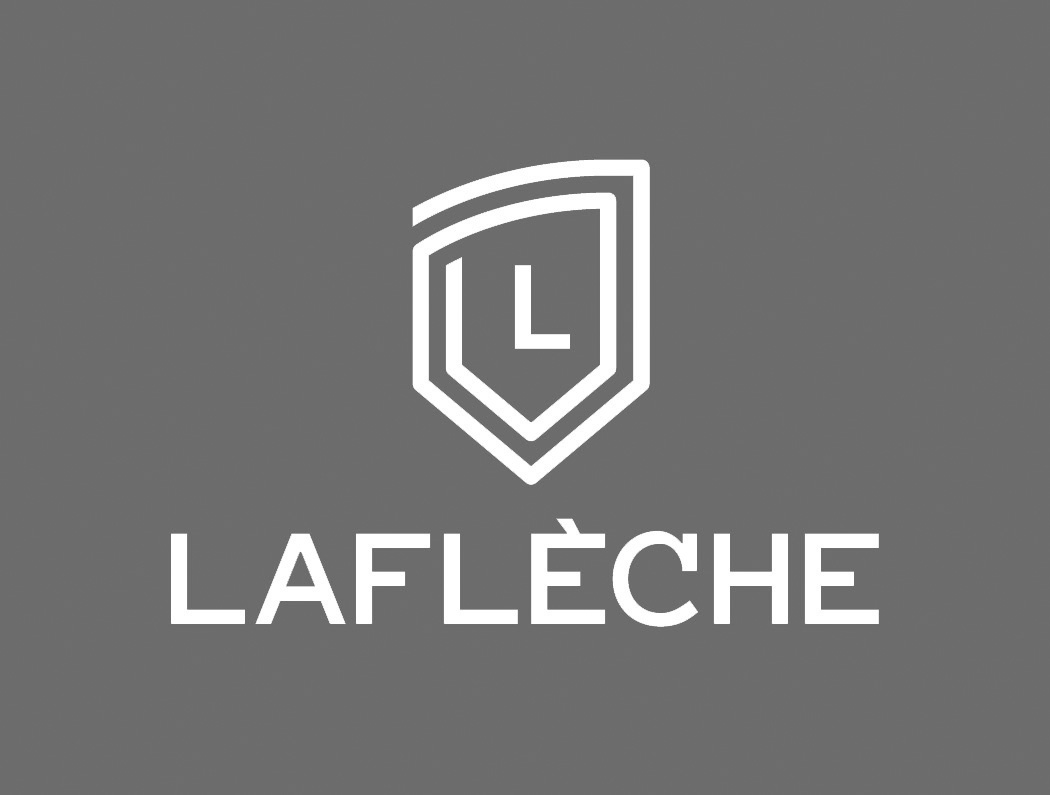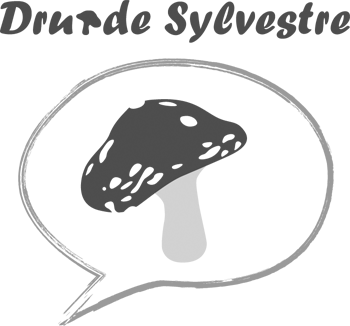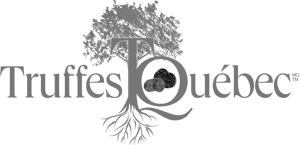
This mushroom flourishes on expanses of peat in the boreal forest, often on patches of floating moss. Back on the mainland, where black spruce are larger and more numerous, the Trumpet Chanterelle dominates 1. In the transitional forest, the Umbilicate Hydnum is always harvested from peat moss 3, along with the Trumpet Chanterelle 1 and Chocolate Milky.
The first photo shows the happy companionship that exists between the Umbilicate Hydnum and Trumpet Chanterelle, which fructify during the same late summer and autumn periods. This Hydnum is recognized by its brownish-orange cap 7 and fragile, lighter-coloured teeth suspended under the cap 4 5. Photo 2 shows the ideal condition for harvest: the edge of the cap is still turned down and the navel has not yet formed.
The mushroom’s name alludes to the small dimple that forms in the centre of the cap and resembles a navel (bellybutton) 7 9. The dimple deepens with age until it reaches far into the stem 6.
As they are very fragile, these mushrooms should be picked with care and placed immediately in paper bags or containers 9 to avoid handling them before they are cooked.
Photos: Fernand Miron, Marcel Otis.
Habitats where you can find this species :
Click on thumbnails
to get a larger image
Possible companion species

+
Trumpet Chanterelle
Cantharellus tubaeformis

+
Chocolate Milky
Lactarius ligniotus
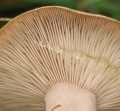
+
Liquorice Milkcap
Lactarius helvus, Lactarius aquifluus

